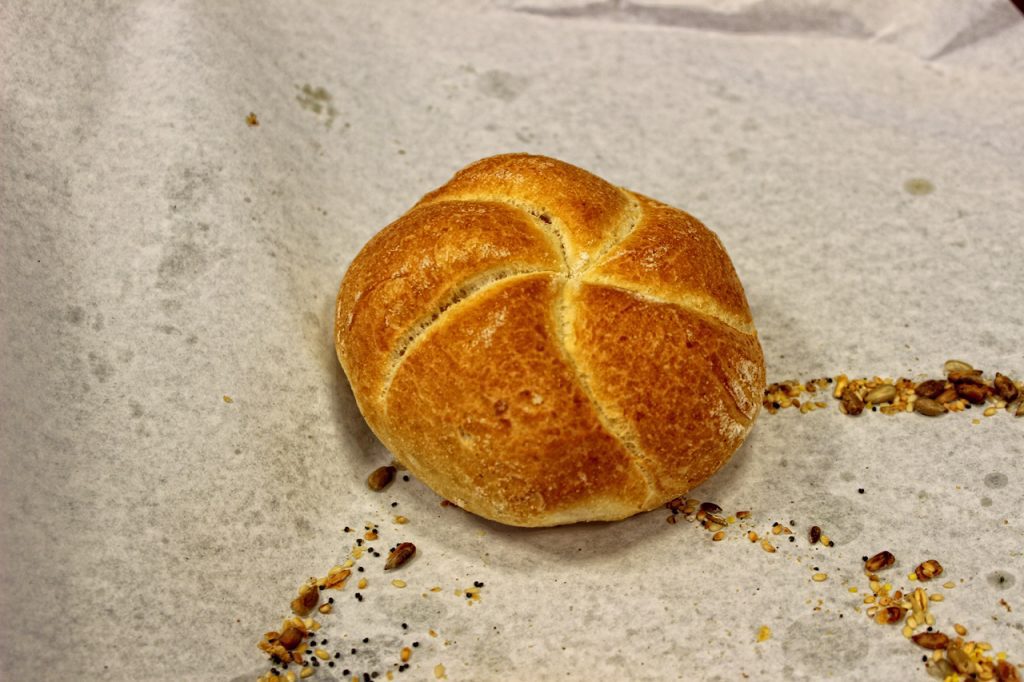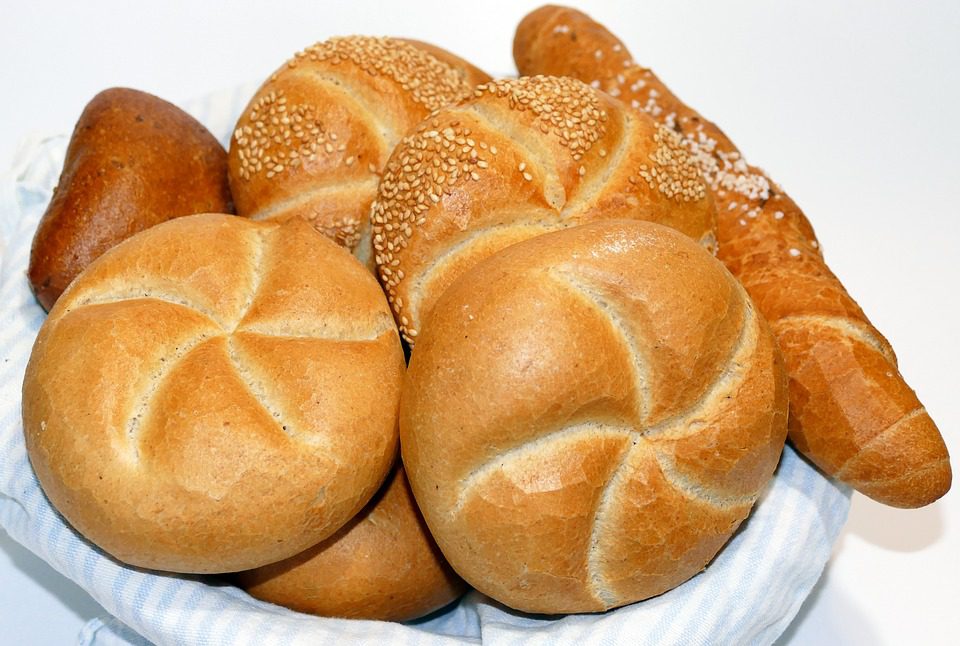The Kaiser Roll is an old recipe that comes to us from the Austrian Empire of the 18th century. Read on to learn more about the key ingredients you’ll need, and the preparation required to bake your own delicious “Vienna rolls!”
You’ll also learn more about the history of Kaiser Roll and how it found its way into the diets of many countries, including the United States, Canada, and former Austrian Empire countries such as Hungary and Slovenia.
Ingredients
Let’s start with the basics.
Dough
- Bread Flour: 6 Cups + Enough for Work Surface
- Coarse Salt (Not Table Salt): 1 Tablespoon
- Lukewarm Water (100 Degrees Minimum): 2 Cups (More If Needed)
- Active Dry Yeast: 2 ¼ Teaspoons (1 Envelope)
- Honey: 1 Tablespoon
- Eggs: 2 Large Eggs at Room Temperature
- Butter (Unsalted): 4 Tablespoons at Room Temperature
Topping (Optional)
- Eggs: 1 Large Egg
- Poppy Seeds: 2 Teaspoons
Preparation
- To begin, whisk the bread flour and coarse salt in a mixing bowl (ideally with an electric mixer).
- Attach a bowl to the mixer fitted with a dough hook.
- In a glass measuring cup, whisk the water, yeast, and honey, then let stand for 5 minutes.
- Add eggs and whisk to combine.
- Add flour mixture and knead on low speed until it forms a soft, stretch dough. This process will take 6 to 8 minutes.
- Add more water if necessary (use one tablespoon at a time to avoid using too much).
- Add butter and mix until thoroughly saturated.
- Transfer to a butter bowl and cover with plastic wrap. Let rise in a warm place until doubled in size – this should take approximately one hour.
- Divide the dough into a dozen pieces and pat into a rectangle. Let rise, covered in place for about 1 hour.
- If you wish to make the topping, preheat the oven to 350 degrees and bake with brushed egg wash and poppy seeds. This part should take around 30 minutes.
The History of the Kaiser Roll
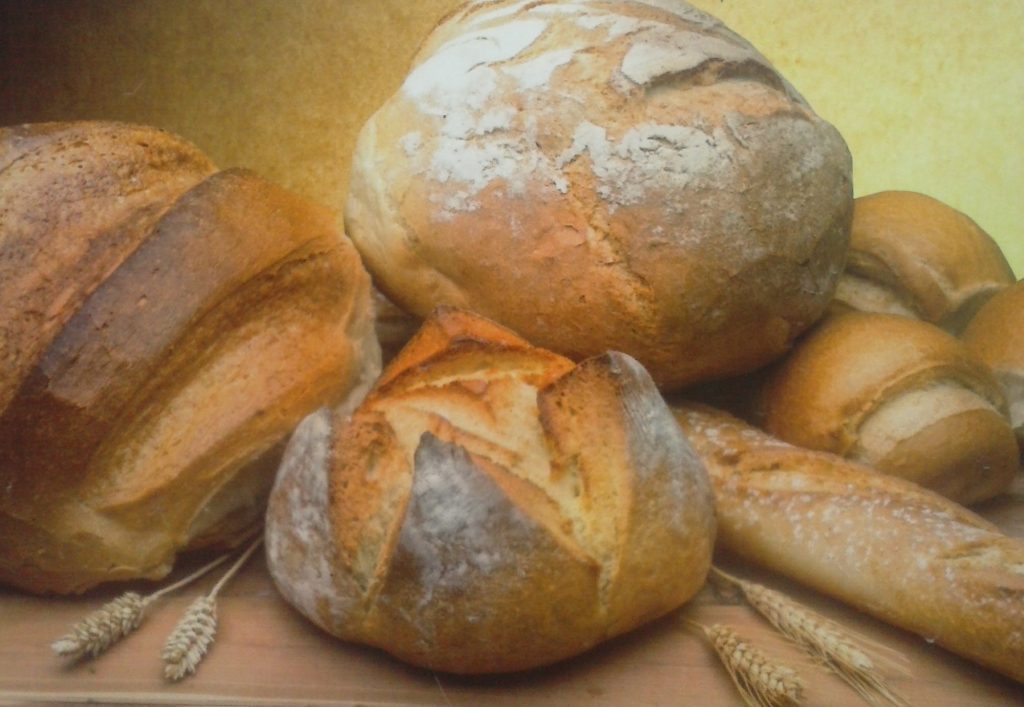
The Kaiser roll originated in Austria in the 18th century. In German, it’s known as a Kaisersemmel or a Vienna roll – Wiener Kaisersemmel. If made by hand, the roll has been called a Handseemmel in German or Kajzerca in Slovene.
Historically, bakers crafted the Kaiser roll from white flour, yeast, malt, water, and salt. As a traditional Austrian food, this recipe has been approved by the Federal Ministry of Agriculture in Austria as part of the national cuisine.
The suffix “Semmel” comes from the Latin “simila,” meaning wheat flour. The German state of Bavaria and in other parts of Austria, and roll may be called a Semmel. In Northern Germany, it would be known as a Brötchen, while in Baden-Württemberg it would be called a Weck.
The first recognizable form of a Kaiser roll was detailed in a painting by Martin van Maytens of a court banquet of Maria Theresa in 1760. In the art (you can view a digital upload if it here), the viewer can see rolls carefully laid out on a white tablecloth that look remarkably similar to the recent Kaiser roll.
The folklore around the role attributes it to Emperor (Kaiser in German) Franz Joseph I of Austria. Franz Joseph, I was born in 1830 and reigned from 1848 to 1916. In fact, the price of these bread rolls was fixed by the government until 1789, during which a delegation of bakers lobbied Emperor Joseph II to deregulate the prices of these staple foods.
Kaiser Roll and the Common Type of Rolls
The Kaiser roll can also be compared to a variety of more common rolls that do not share its monarchial heritage:
- Mundsemmeln (Mouth Rolls): These rolls were baked for the royalty of the Austrian Empire.
- Schustersemmeln (Cobber’s Rolls): Cobbler’s Rolls earned their name as a more common variant of the Kaiser roll that gained popularity around the same timeframe.
These types of rolls have been found throughout Austria, but they also gained popularity in the former regions of the Austrian Empire, including in Poland, Croatia, Slovenia, Hungary, the modern-day Czech Republic, and Serbia among others.
Other countries that have adopted the Kaiser roll tradition include the United States, Germany, Canada, and even Italian bakers in the Lombardy region while it was under the rule of the Austrian Empire. These Italian bakers produced a hollow version of the original recipe known as a michetta or rosetta.
Variations of the Kaiser Roll
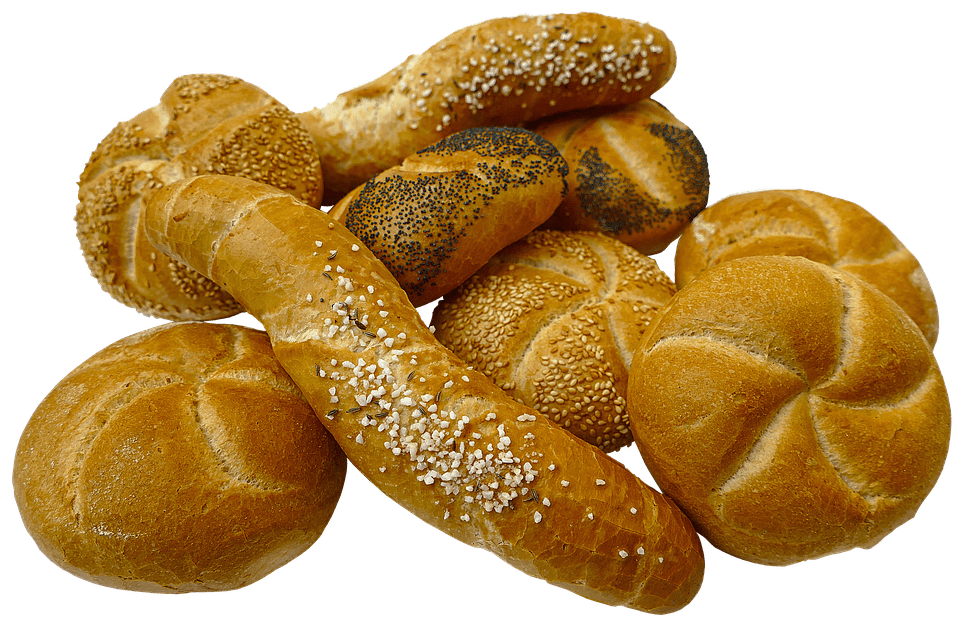
Variety of Kaiser roll versions produced at home includes the Wiener Kaisersemmel (or Handsemmel). Kaiser rolls made by hand and without the use of modern cooking equipment surely tastes better.
Other variations of the roll incorporate different types of flours and may or may not use toppings. The recipe indicated previously includes a poppy-seed based topping to increase the richness of the roll, although other toppings may be used, including sesame seeds, pumpkin kernels, linseed, and sunflower seeds.
Often, families and restaurants will serve the Kaiser roll with butter and jam as part of an Austrian breakfast. The Kaiser roll used as a bun for a sandwich or hamburger in the United States and elsewhere offers a good delicacy.
Another variant of the Kaiser roll is the Kimmelweck – a Kaiser roll topped with kosher salt and caraway, an herb also known as meridian fennel or Persian cumin. This variation works as a vital part of the traditional Buffalo-based sandwich, the beef on weck sandwich.
Read on to see the recipes for both the Michetta variant and how to make a beef on weck sandwich!
Michetta (Rosetta)
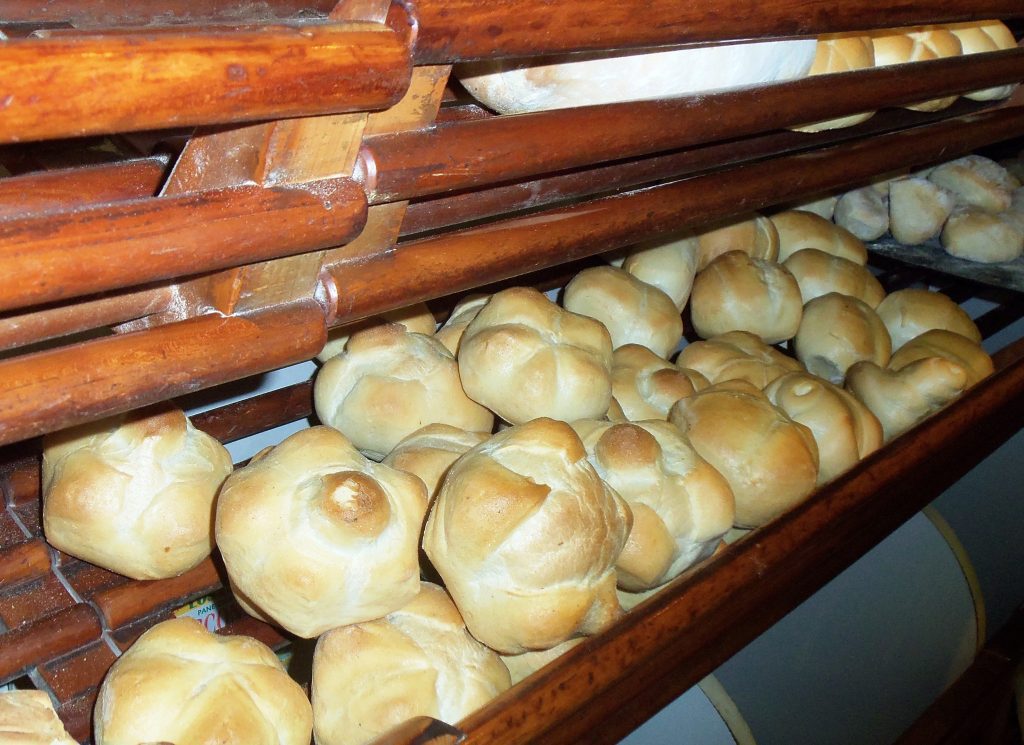
The michetta roll, also known as Rosetta (“small rose” in English), originated in the Lombardy region in northern Italy. During the time of the Austrian rule over Lombardy, bakers in the area began to produce the michetta as an alternative to the Kaisersemmel.
With classic Italian flair, the bakers produced the roll with a flower shape. In Milan, michetta were less fragrant and hardened faster due to the increased humidity in the area. Lombardy bakers solved this issue by baking the bread without the interior crumb. With increased softness, the dough did not harden so quickly.
Ingredients
You’ll want the following components to make a delicious michetta roll:
- 3 1/3 cups of flour.
- Two tablespoons of yeast.
- Two teaspoons of salt.
- One ¼ cup of lukewarm water.
Preparation
- Pour half your water into a bowl and add the yeast. Wait five minutes for the yeast to do its work.
- In a separate bowl, add flour and salt. Mix them and then add the yeast and water. Mix with a wooden spoon or with your preferred mixer tool.
- Over a clean surface, sprinkle flour and knead the dough from steps 1 and 2. Work the dough for 10 minutes and push it away and back toward your fingertips to produce the desired shape.
- Let the dough rest for at least two hours. The more time you can give the mixture to rest, the better off you’ll be.
- Knead the dough again with the technique you used previously for at least 5 minutes. Let it rest for 15 minutes after you work the dough.
- Divide the dough into a dozen or so ball-sized shapes. Bake for 30 minutes on high heat. The bread should come out of the oven with a brown crust.
Beef on Weck
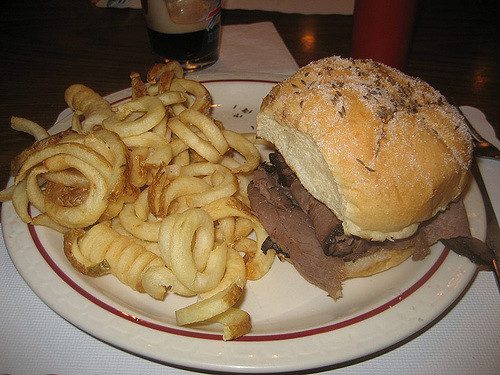
In Western New York State, the famous Beef on Weck sandwich makes its home. Initially developed in the city of Buffalo by the German baker William Wahr, this sandwich features a Kaiser roll, beef, and horseradish. Below, you’ll learn more about how you can make your beef on weck sandwich, as well as more information about its origin story in the once-mighty city of Buffalo, NY.
Origins
To be truthful, the origins of the beef on weck sandwich lack some historical rigor. While the story goes that William Wahr developed the sandwich after having emigrated to Buffalo from the Black Forest in Germany, the reality of its origins is probably more complicated.
Nevertheless, the sandwich may have derived from a few different German creations, including the offering for the dead in Swabia known as Schwäbische Seele, a baguette-like roll topped with salt and caraway seeds.
A local restaurant owner in Buffalo developed the beef on weck with a salty top to encourage his customers to purchase more beverages (of the alcoholic variety).
The beef on weck continues to gain popularity even today all throughout the United States. Former citizens of the Western New York region have brought the sandwich with them to a variety of locations, and the Buffalo Wild Wings chain has also included the sandwich in its menu.
Ingredients
Ultimately, the choice of ingredients for your beef on weck sandwich is up to you. However, you’ll probably want to have the following ingredients on hand if you plan to make it traditionally:
- Slow-roasted roast beef cooked rare.
- Kummelweck rolls.
- Jus.
- Prepared horseradish.
Preparation
Preparing the beef on weck sandwich involves cooking roast beef and hand-slicing it into the thinnest slices possible. You’ll serve the meat on a kummelweck roll with the top half of the roll dipped in roast jus. You may also choose to spread horseradish across the top half of the role.

